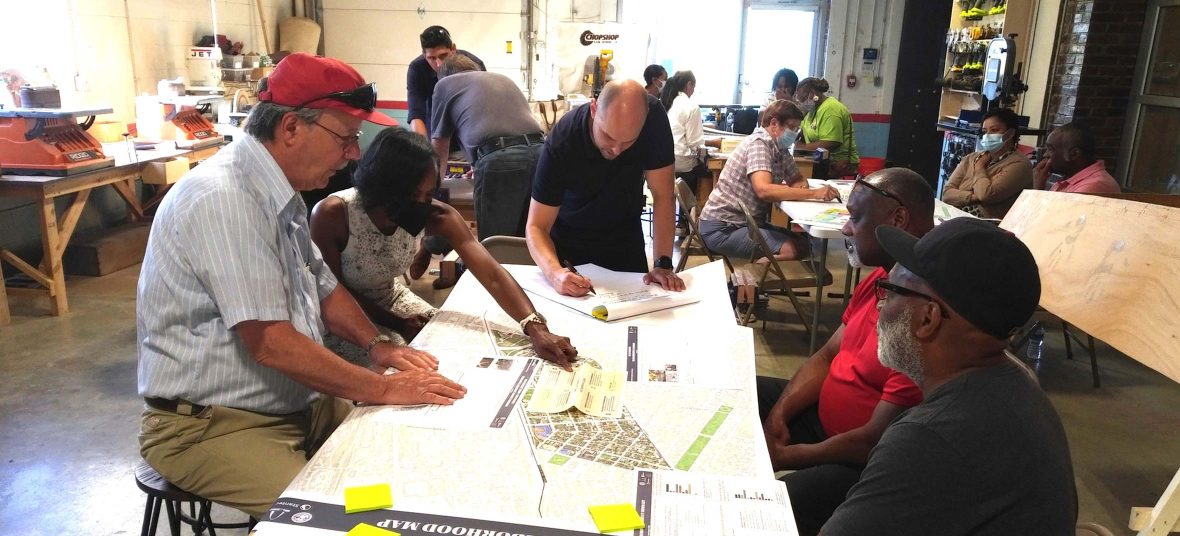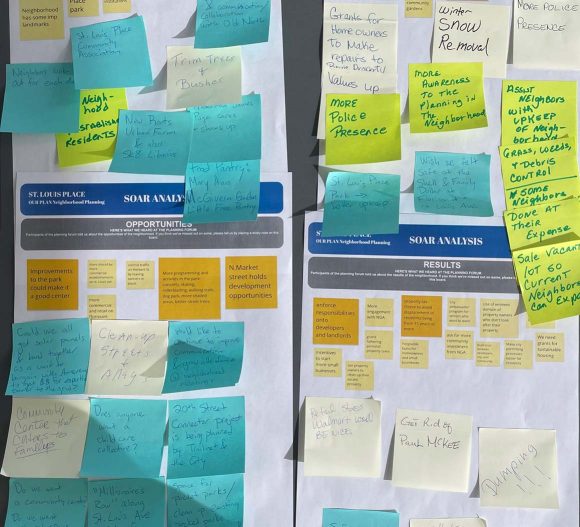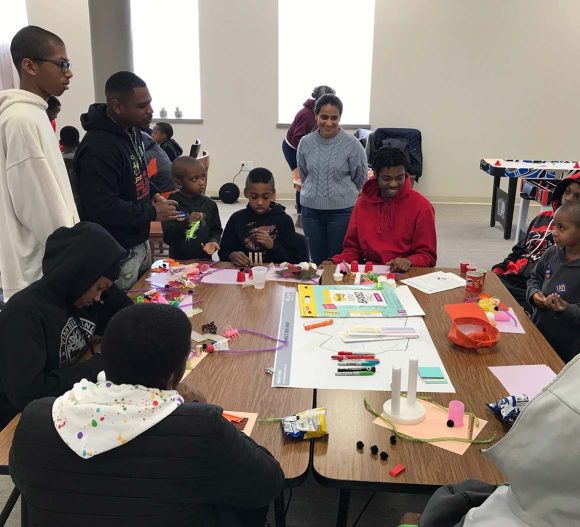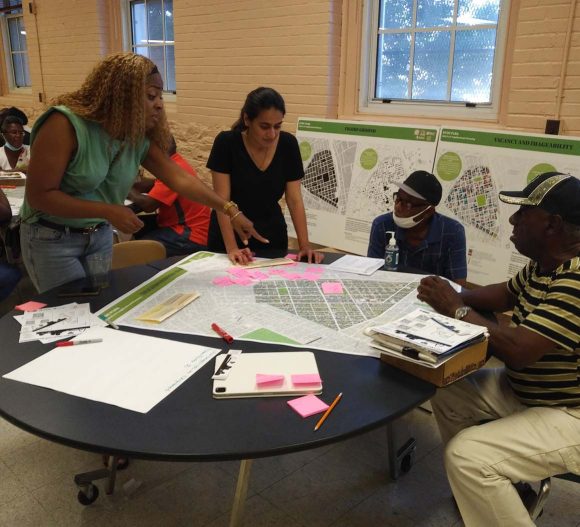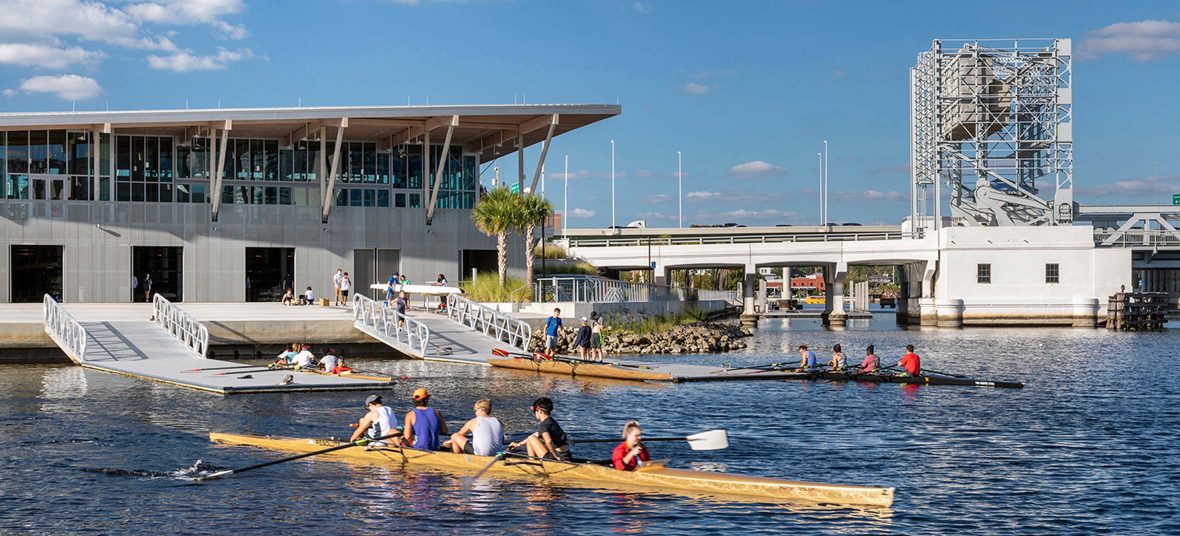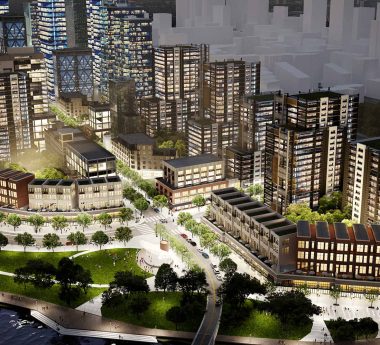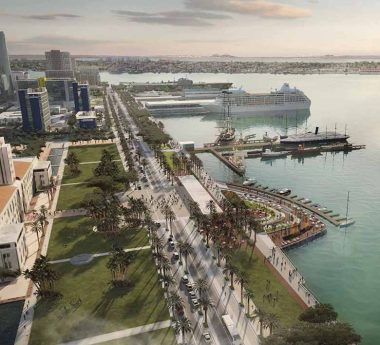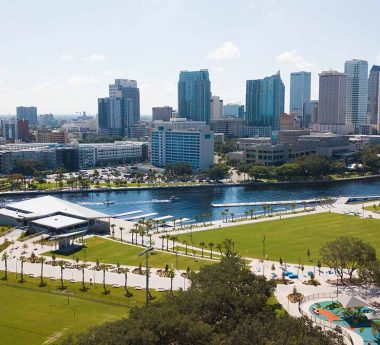We’re entering Civitas’ 40th year and I’m truly inspired by the level of talent around me. Throughout our firm’s history, our business model has been based on a strong culture of empowerment and trust, and on our commitment to each other. We seek colleagues who are motivated to play a role in designing places that have a positive impact, and who recognize that “impact” can come in many different shapes and sizes. We tend to be an agile, observant and optimistic group.
Our world is facing major challenges right now and yet we see them as opportunities to listen and learn. Conversations about equity, sustainability and health are more prevalent at the civic and community level than ever before, and – while we wish they weren’t so necessary – this is a good thing. These issues have been big ones for generations, so the conversations are necessary. Just within the past three years, people have seen first-hand the clear evidence of the health, equity and climate crises we’re facing, and have greater concern and care. People are more willing and able to talk.
Here’s what I’m hearing:
Equity: Design can’t be complete until the whole community is heard.
Everyone deserves equal access to a safe, healthy, comfortable and fulfilling life, and yet many populations have been disconnected from this access for generations. Recent social and political events have put a spotlight on these issues, and our design industry is waking up to the role we play in this, and the obligation we have to repair.
